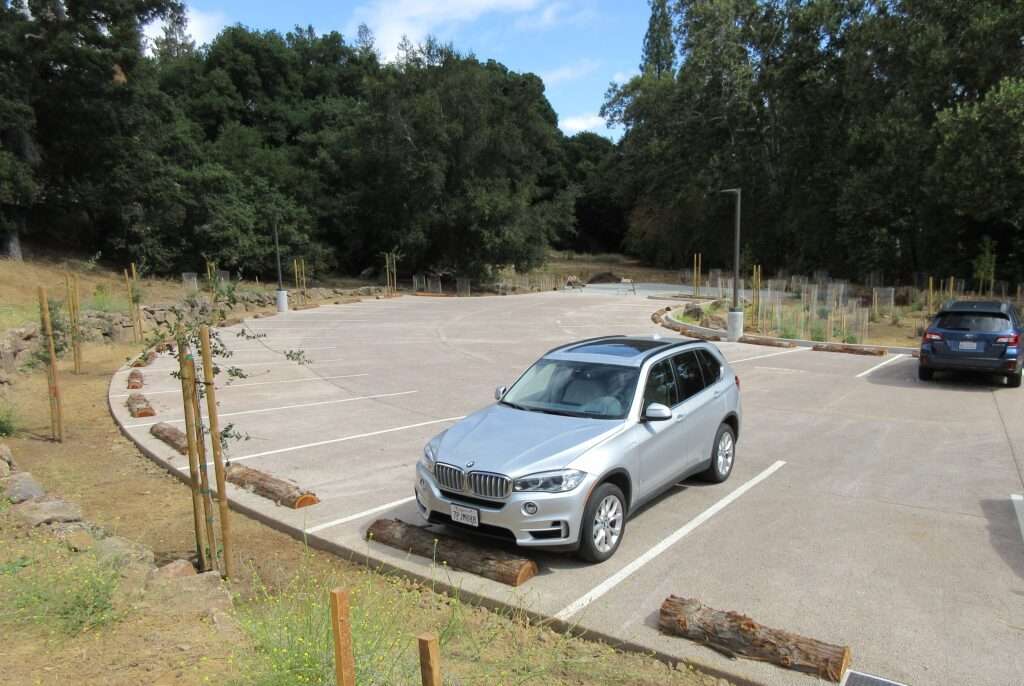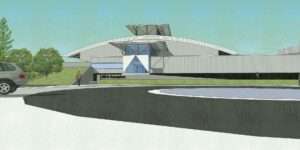California’s vast and complex infrastructure, particularly its roadways, is the backbone of its economy and daily life. However, maintaining and expanding this network under the pressures of heavy traffic, diverse climates, and evolving environmental standards requires more than just traditional methods. Innovation in road construction materials and techniques is essential to building more durable, sustainable, and cost-effective infrastructure for the future of the Golden State.
Civil engineers are at the forefront of adopting and implementing these advancements, moving beyond conventional asphalt and concrete to explore solutions that offer greater longevity, reduce environmental impact, and improve construction efficiency.
Why Innovation is Crucial for California Roads
California’s unique conditions – from the coastal moisture and seismic activity to the inland heat and traffic congestion – place immense stress on road surfaces. Traditional materials and techniques, while proven, sometimes fall short in providing the resilience and sustainability needed. Innovation helps address challenges such as:
- Premature Pavement Failure: Leading to costly and disruptive repairs.
- Environmental Concerns: Related to material production, emissions, and waste.
- Construction Delays: Causing traffic disruptions and increased project costs.
- Need for Sustainability: Meeting state mandates for greener infrastructure.
Innovative Materials Shaping California’s Roads
New materials and advanced uses of existing ones are transforming pavement design:
- Recycled Asphalt Pavement (RAP) and Recycled Concrete Aggregate (RCA): Reusing materials from old roads and structures significantly reduces the need for virgin materials, conserving resources and reducing landfill waste. California DOT (Caltrans) has increasingly incorporated RAP and RCA into project specifications.
- Warm Mix Asphalt (WMA): Produced at lower temperatures than traditional hot mix asphalt, WMA reduces energy consumption and emissions during production. It also allows for paving in cooler weather and can improve compaction.
- Pervious Pavements: These specialized pavements allow water to filter through, reducing stormwater runoff volume and improving water quality. While not suitable for all high-traffic areas, they are increasingly used in parking lots, shoulders, and low-speed roadways, aligning with California’s stormwater management goals.
- Sustainable Concrete Mixes: Incorporating supplementary cementitious materials like fly ash or slag, byproducts of other industrial processes, can reduce the carbon footprint of concrete while often improving its durability and performance.
Advanced Techniques for Smarter Construction
Alongside new materials, innovative construction techniques are improving efficiency and quality:
- Full-Depth Reclamation (FDR) and Cold Recycling: Techniques like FDR and Cold In-Place Recycling (CIR) or Cold Central Plant Recycling (CCPR) involve pulverizing existing asphalt layers and mixing them with stabilizing agents or new binders on-site or at a nearby plant. This reduces material hauling, speeds up construction, and is highly cost-effective for rehabilitating distressed pavements.
- Automated Machine Guidance and Intelligent Compaction: Utilizing GPS and other technologies allows for more precise grading and paving. Intelligent compaction uses sensors to measure pavement stiffness during rolling, ensuring optimal density and longevity.
- Advanced Pavement Design Software: Sophisticated modeling tools allow engineers to simulate long-term pavement performance under various traffic and environmental conditions, leading to more robust and tailored designs.
Benefits for California Infrastructure
The adoption of these innovations offers tangible benefits for California’s infrastructure:
- Increased Pavement Lifespan: Leading to fewer repairs and less long-term disruption.
- Environmental Stewardship: Reducing greenhouse gas emissions, conserving raw materials, and improving stormwater management.
- Faster Construction: Minimizing traffic delays and getting roads open sooner.
- Cost Savings: Often achieved through reduced material costs, faster construction, and longer pavement life.
Underwood & Rosenblum’s Commitment to Innovation
At Underwood & Rosenblum, we are committed to staying at the forefront of civil engineering advancements. We continuously evaluate and incorporate appropriate innovative materials and techniques into our road construction and pavement design projects throughout North California. Our goal is to deliver infrastructure solutions that are not only structurally sound and compliant with all California standards but also sustainable, cost-effective, and built to last for the communities they serve. We understand the complexities of California’s infrastructure needs and leverage the best available practices to meet them.
Building Better Roads for a Better California
The future of California’s road infrastructure depends on embracing innovation. By utilizing advanced materials and techniques, civil engineers can help build roads that are more durable, environmentally friendly, and capable of supporting the state’s growth for decades to come.




